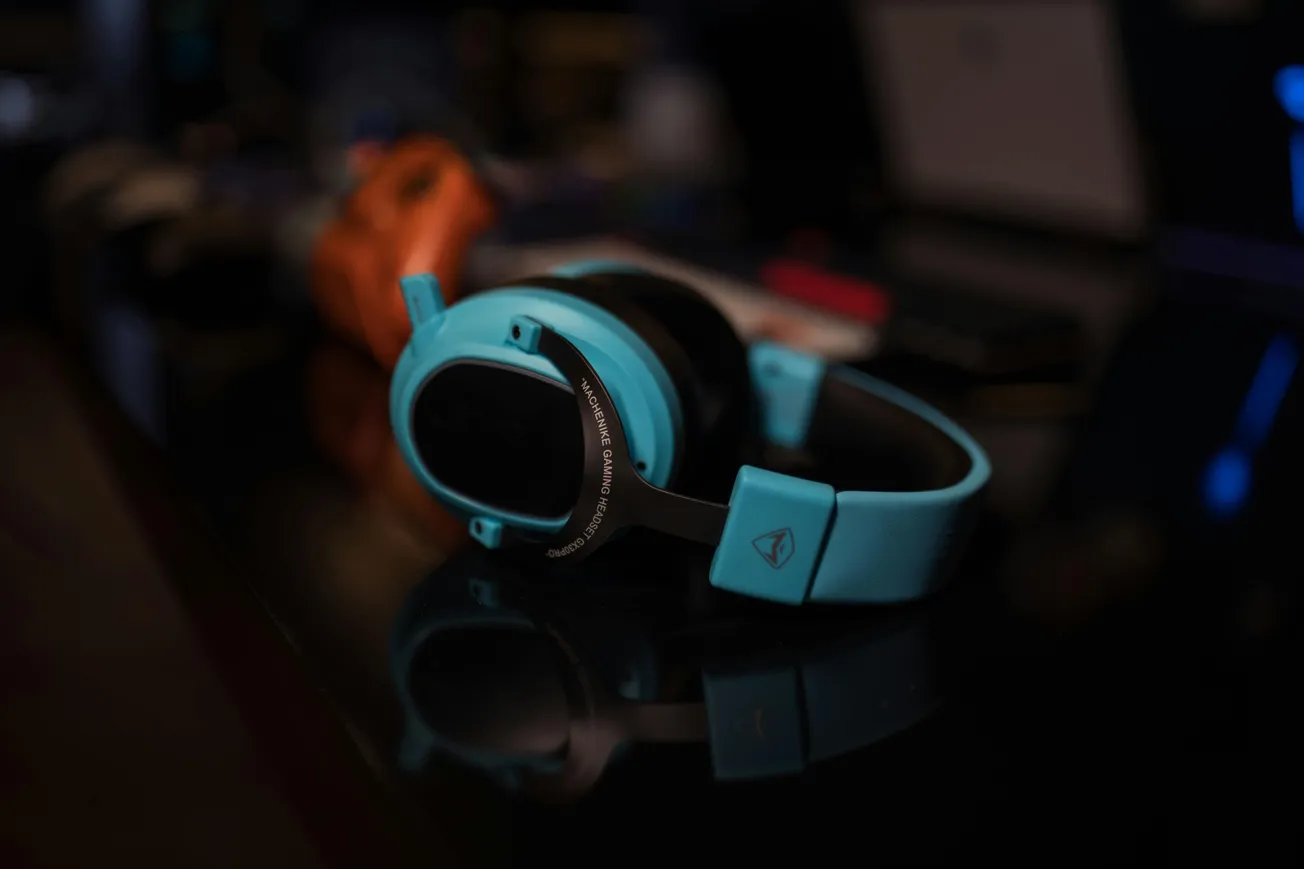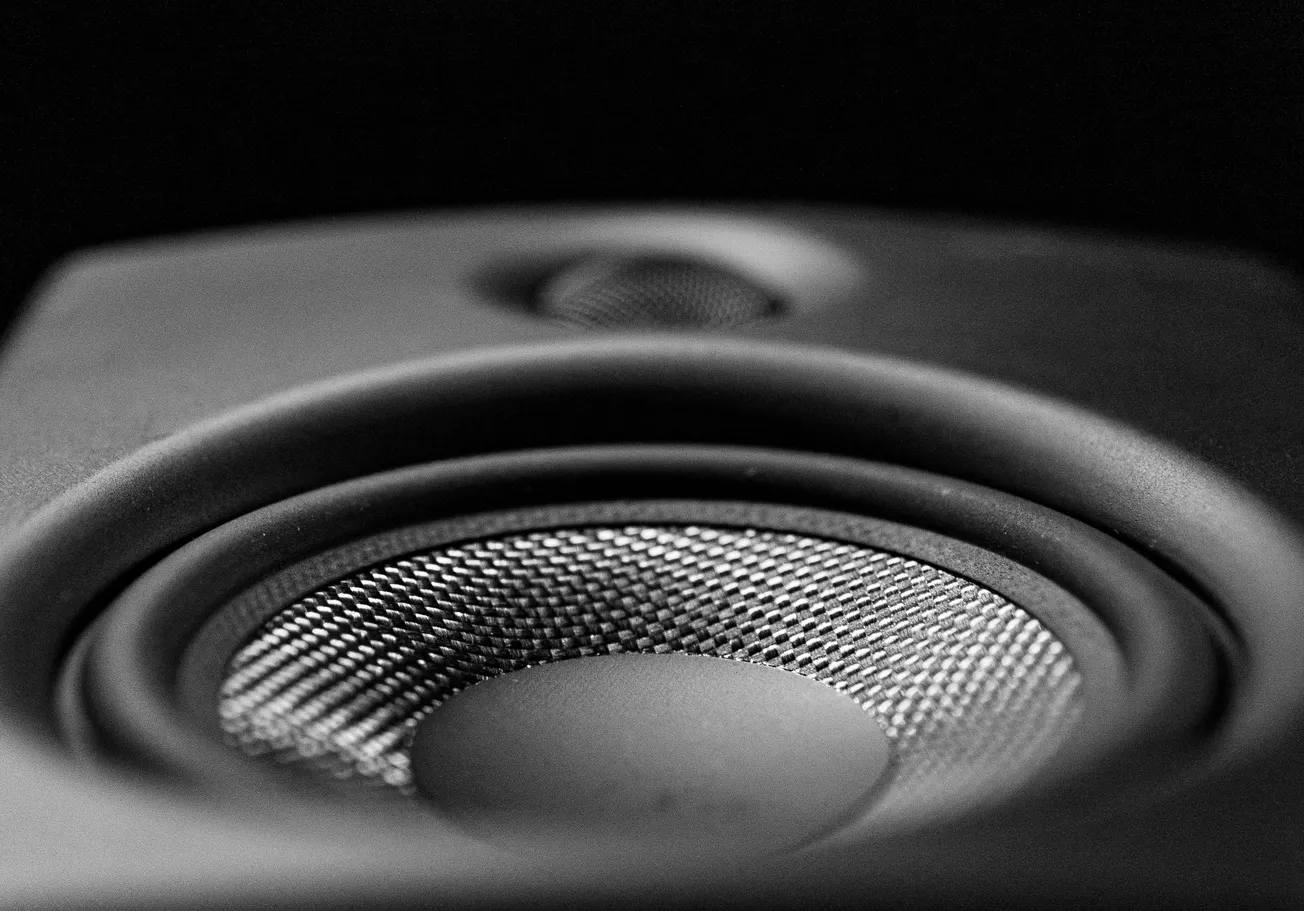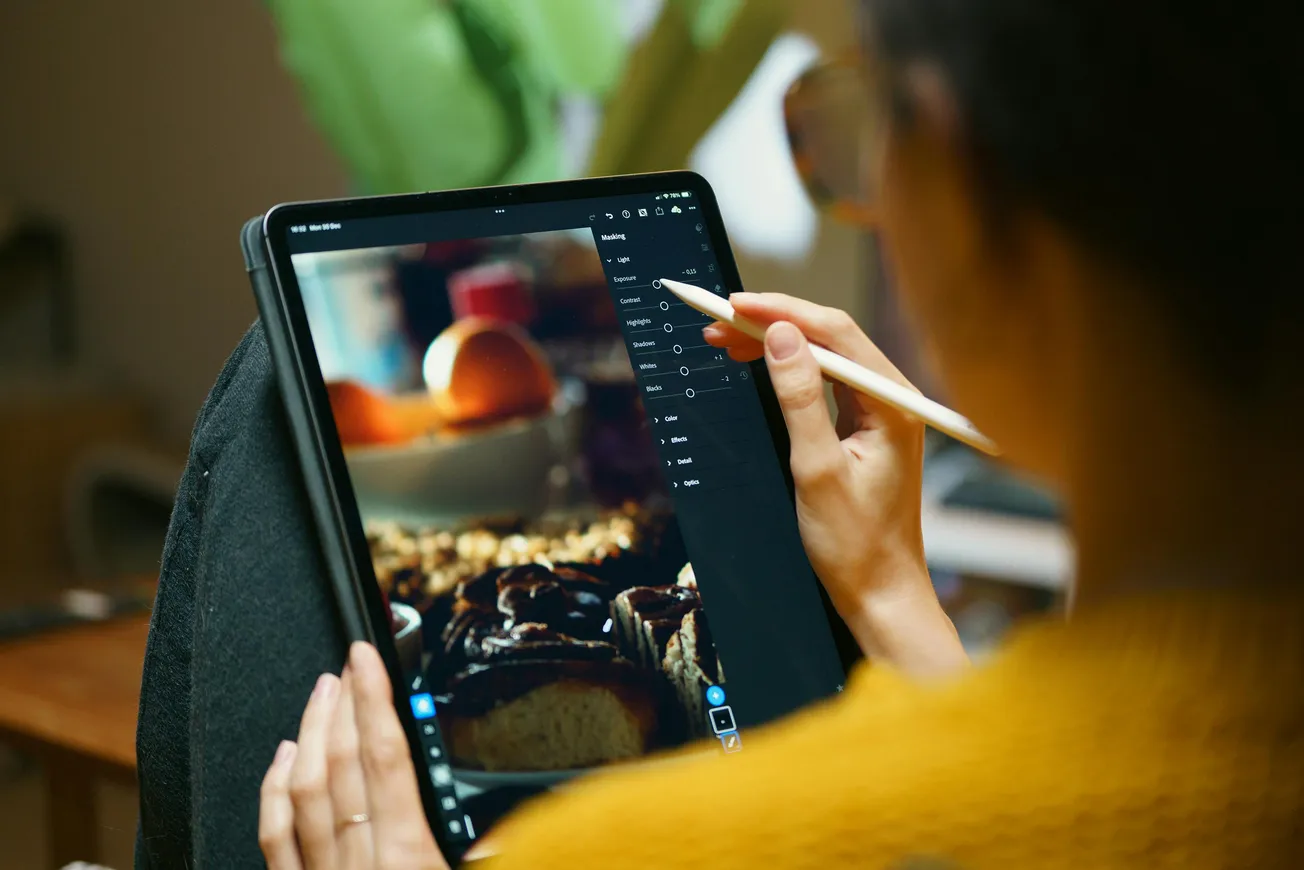A sound card is a hardware device—either built-in or external—that processes audio input and output for a computer. It converts digital data into audio signals and vice versa, enabling high-quality sound playback, recording, and mixing.
While many modern computers come with onboard audio chips, dedicated sound cards offer advanced features essential for content creators, podcasters, musicians, and gamers.
2025 Market Trends
The sound card market is projected to reach $5.8 billion by 2025, fueled by growing demand from creators and the rise of immersive audio experiences in gaming and virtual reality.
Key trends include:
- 48V Phantom Power: Now standard for condenser microphones, improving recording quality.
- AI-Powered Noise Reduction: Enhancing clarity for live streaming and voiceovers.
- USB-C & Mobile Integration: Supporting creators who produce content on the go.
- High-Resolution Audio: Over 68% of new models now support 192kHz/24-bit sampling.
Despite supply chain issues and pricing pressures, especially for PCIe models, innovation continues to drive adoption—particularly in North America and Europe.
Top Sound Cards in 2025
Here's a quick look at standout products this year:
- SX91 48V Sound Card ($31–$46): Desktop live use with custom effects.
- WXH1000 DJ20 ($25–$44): All-in-one solution for podcasters and DJs.
- TONOR TX310 RGB Mixer ($20–$23): Ideal for gamers and streamers.
- RME HDSPE MADI FX ($1,599): High-end PCIe card with studio-grade I/O.
Budget-friendly models like the I9 Voice Changer Kit and PCM2704 USB Sound Card also offer plug-and-play options for beginners.
Are Sound Cards Still Relevant?
Yes, especially for creators who need professional-grade audio. While onboard sound works for casual users, sound cards deliver better fidelity, more control, and essential features like real-time voice modulation, mixing, and ultra-low latency.
Whether you're building a podcast setup or enhancing your gaming stream, a sound card is still a smart investment in 2025.










